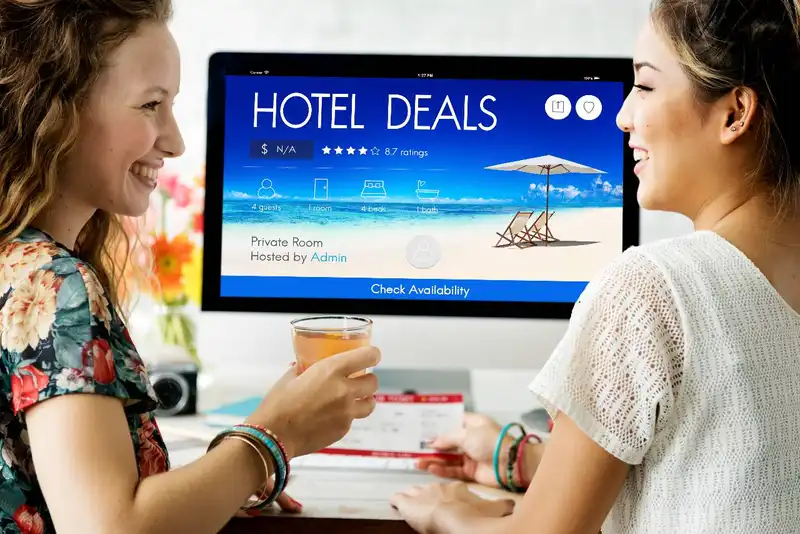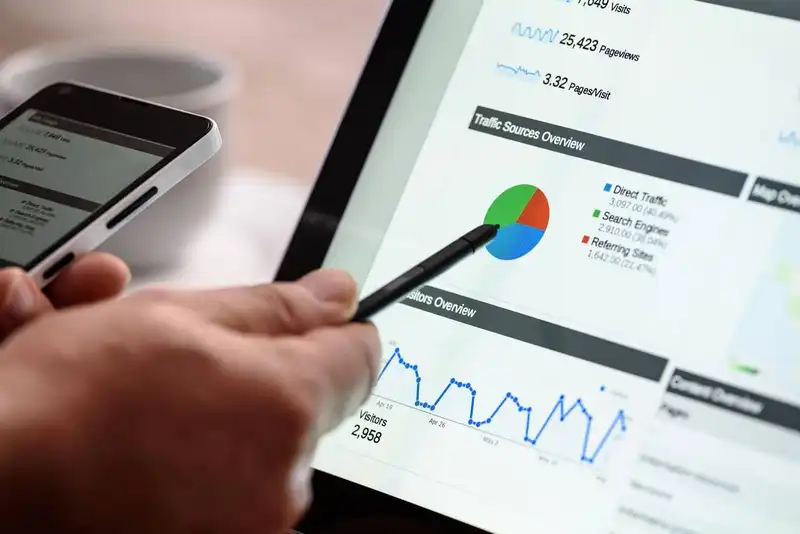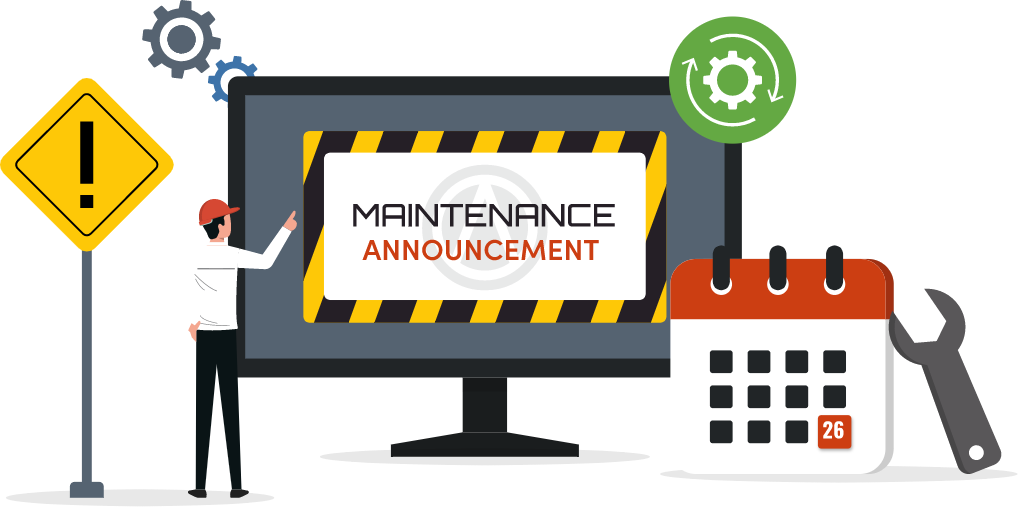What type of content works best for hotel marketing?
Visual content, local guides, user-generated posts, and personalized email campaigns tend to perform best for hotel audiences.
10 Creative Content Marketing Ideas to Elevate Your Hotel Brand
Overview
In today's crowded hospitality market, simply having a beautiful property and good service isn't enough to capture attention or drive consistent bookings. Travelers - whether they're booking a weekend getaway or planning a business trip - are researching extensively online before making decisions. According to Google, 70% of leisure travelers begin their journey with a generic search rather than a specific brand, which means you have a critical opportunity to influence their choices through content.
But content marketing isn't just about pushing out pretty pictures or running promotions. It's about creating meaningful, helpful, and inspiring material that builds trust and keeps your brand top of mind - even when someone isn't actively booking. When done right, content marketing can reduce reliance on OTAs, increase direct bookings, and create long-term guest relationships.
Know Your Guest

Before you create a single blog post, video, or social media campaign, it's crucial to understand who you're speaking to. Without clarity on your target audience, even the most polished content can miss the mark.
Start by reviewing the data you already have. Look at your booking history, guest surveys, and website analytics. Are your guests mostly business travelers, families, couples, or international tourists? What questions do they frequently ask before arriving? What motivates them to choose your property over others?
Once you've identified your key guest types, build simple traveler personas - short profiles that outline each segment's preferences, pain points, and goals. For example -
1. Business Traveler - Values convenience, quiet rooms, reliable Wi-Fi, and proximity to transport.
2. Family Vacationer - Looks for spacious rooms, nearby attractions, and kid-friendly amenities.
3. Weekend Couple - Interested in romance packages, spa services, and scenic spots.
Understanding these segments allows you to tailor content to their needs. A blog post titled "Top 5 Things to Do Near Our Hotel for Families with Kids" will resonate far more with a parent planning a trip than a generic post about local attractions
This approach also helps you choose the right platforms. For instance, Instagram may be ideal for leisure travelers, while LinkedIn or email content may better reach corporate clients. The more you understand your guests, the more effective and targeted your content will be - leading to better engagement, stronger loyalty, and ultimately, more bookings.
Visual Storytelling
In hospitality, visual content isn't optional - it's essential. Travelers often make booking decisions based on how a property feels, not just what it offers. High-quality visuals allow you to communicate that feeling before a guest even steps inside your hotel.
Start with professional photos of your rooms, lobby, amenities, and views. But don't stop there - go beyond standard listings and create visuals that tell a story. A short video of a sunrise from your rooftop, a time-lapse of breakfast service being set up, or a peaceful walk through your garden can spark emotional connections with potential guests.
Here are a few practical content ideas
1. 360 Virtual Room Tours - Let guests explore rooms and amenities as if they were already there.
2. Behind-the-Scenes Clips - Show your team preparing a romantic suite or setting up a conference room - people love seeing the human side of hospitality.
3. Experience-Focused Reels - Highlight nearby attractions, spa treatments, or dining experiences with quick, engaging Instagram or TikTok videos.
Data backs up the value of visual content- listings with video see up to 80% more conversions, and social posts with visuals get significantly more engagement.
Tip - You don't need a huge budget. A modern smartphone, good natural lighting, and a basic editing tool can produce effective content. Prioritize authenticity over perfection - guests connect with real moments, not just polished brochures.
When done consistently, visual storytelling doesn't just showcase your hotel - it creates desire and drives action.
Create Local Guides
Travelers aren't just booking a room - they're booking an experience. One of the most valuable types of content you can create is a local guide that highlights what makes your area special.
Think beyond just listing popular tourist spots. Instead, focus on authentic, insider tips that guests can't easily find elsewhere. This could include -
- Hidden gems like a quiet cafe or scenic walking trail
- Upcoming local events or festivals
- Recommendations from your staff on where to eat, shop, or explore
Publishing these guides as blog posts, downloadable PDFs, or even social media posts shows that your hotel is deeply connected to the community. It builds trust and gives travelers practical reasons to choose your property over competitors.
From a data perspective, local content helps improve your website's SEO by targeting specific search terms like "best family activities near [your hotel's location]," increasing organic traffic. Additionally, keeping visitors on your site longer through engaging, helpful content signals search engines that your site is relevant and authoritative.
Tip - Update your guides seasonally to keep them fresh and relevant. Highlighting seasonal activities like holiday markets in winter or hiking trails in summer can attract repeat visitors and capture bookings throughout the year.
By positioning your hotel as the go-to expert on local experiences, you turn your website into a valuable resource - not just a booking platform.
Use User-Generated Content

Nothing builds trust quite like real guest experiences. User-generated content (UGC) - photos, videos, and reviews created by your guests - offers authentic social proof that your hotel delivers on its promises.
Encourage guests to share their moments on social media by creating a unique hashtag or running occasional contests with small incentives. When guests post about their stay, ask permission to share their content on your own channels. This approach not only enriches your marketing feed with genuine, relatable visuals but also shows potential guests that your hotel is loved by real people.
From a data standpoint, UGC can significantly boost engagement- research shows that user-generated visuals drive 29% higher web conversions than brand-created content. It also saves your marketing team time and resources, letting your guests help tell your story.
Practical tip - Monitor social channels regularly using tools like Google Alerts or social listening platforms to catch guest posts and respond promptly. Engaging with user content - thanking guests or reposting their photos - strengthens relationships and encourages others to share as well.
Incorporating UGC creates a cycle of authentic content that resonates deeply with travelers looking for trustworthy and relatable experiences.
Leverage Email Marketing
Email remains one of the most cost-effective ways to connect with past guests and potential customers. But to truly stand out, your emails need to offer valuable content - not just promotions.
Think about what your guests care about at different stages of their travel journey -
1. Before booking - Helpful tips on local events, packing guides, or seasonal travel advice
2. Before arrival - Reminders, check-in info, and curated recommendations for dining or activities
3. After stay - Requests for feedback and personalized offers for their next visit
Segmenting your email lists - such as separating new leads from repeat guests - allows you to tailor content and increase engagement. For example, loyal guests might appreciate exclusive previews of upcoming hotel amenities, while first-time bookers may respond better to local attraction highlights.
Data shows that email marketing delivers an average ROI of $36 for every $1 spent, making it a powerful channel when used thoughtfully.
Practical tip - Use clear subject lines and concise copy to grab attention, and always include a clear call-to-action, whether it's booking a stay or reading a helpful blog post.
By focusing on helpful, relevant content in your emails, you nurture relationships that turn casual browsers into loyal guests.
Go Beyond Promotions
Today's travelers want more than just discounts - they want content that enriches their experience and supports their lifestyle. Educational and wellness-focused content positions your hotel as a thoughtful partner in their journey, not just a place to stay.
Consider creating content around topics like -
- "How to Plan a Stress-Free Vacation"
- "Essential Packing Tips for a Winter Escape"
- "Simple Wellness Practices to Try During Your Stay"
This type of content appeals especially to wellness-minded travelers who are increasingly prioritizing mental and physical health during their trips. By offering useful advice, you build a connection that goes beyond the transactional, encouraging guests to choose your property because you understand their needs.
Data shows that wellness tourism is growing rapidly, with an estimated annual growth rate of 7.5%, reflecting increasing traveler interest in health-conscious experiences.
Practical tip - Incorporate these topics into your blog, newsletters, or social posts, and link back to relevant hotel services like spa treatments, healthy dining options, or fitness facilities.
This approach not only adds value but also broadens your appeal to a growing segment of mindful travelers seeking more than just accommodation.
Monitor and Measure Content Performance
Creating great content is just the start - knowing how it performs is crucial to improving your marketing efforts over time. Use data to understand what resonates with your audience and adjust your approach accordingly.
Start by tracking key metrics like -
- Website traffic and time spent on content pages
- Social media engagement rates (likes, shares, comments)
- Email open and click-through rates
- Conversion rates from content to bookings or inquiries
Tools like Google Analytics, social media insights, and email marketing dashboards provide valuable, actionable data. For example, if blog posts about local experiences consistently attract more readers, focus on creating more content in that area.
Don't be discouraged if some content underperforms - testing different topics, formats, and publishing times helps you learn what works best for your unique audience.
By adopting a data-driven mindset, you ensure your content marketing efforts deliver measurable results, maximizing return on your time and budget.
Consistency and Guest Value Are Key
Elevating your hotel brand through content marketing isn't about quick wins or flashy campaigns - it's about building a reliable, authentic presence that continually offers value to your guests. Whether through stunning visuals, helpful local guides, or thoughtful emails, every piece of content should serve your guests' needs and preferences.
Consistency is essential. Commit to a realistic publishing schedule that you can maintain, such as two blog posts or social media updates per month. Regularly review performance data to refine your strategy and focus on content that truly resonates.
Remember, your goal is to inform, inspire, or simplify travel for your audience. When you put guests first in your content marketing, you're not just promoting your hotel - you're creating meaningful connections that lead to loyalty and sustained growth.
Start applying these creative ideas today to make your hotel's content marketing a powerful driver of bookings and brand strength.
Get Started with Smart Data Capture
Optimize Your Marketing Efforts with Altametrics
Must-Read Content

How to Build a Social Media Marketing Plan for Your Restaurant

Marketing for Restaurants - Proven Strategies to Attract More Customers


Restaurant Marketing Ideas That Actually Drive More Customers










